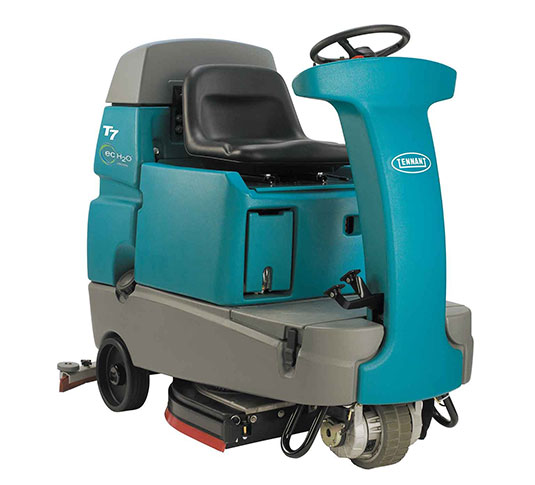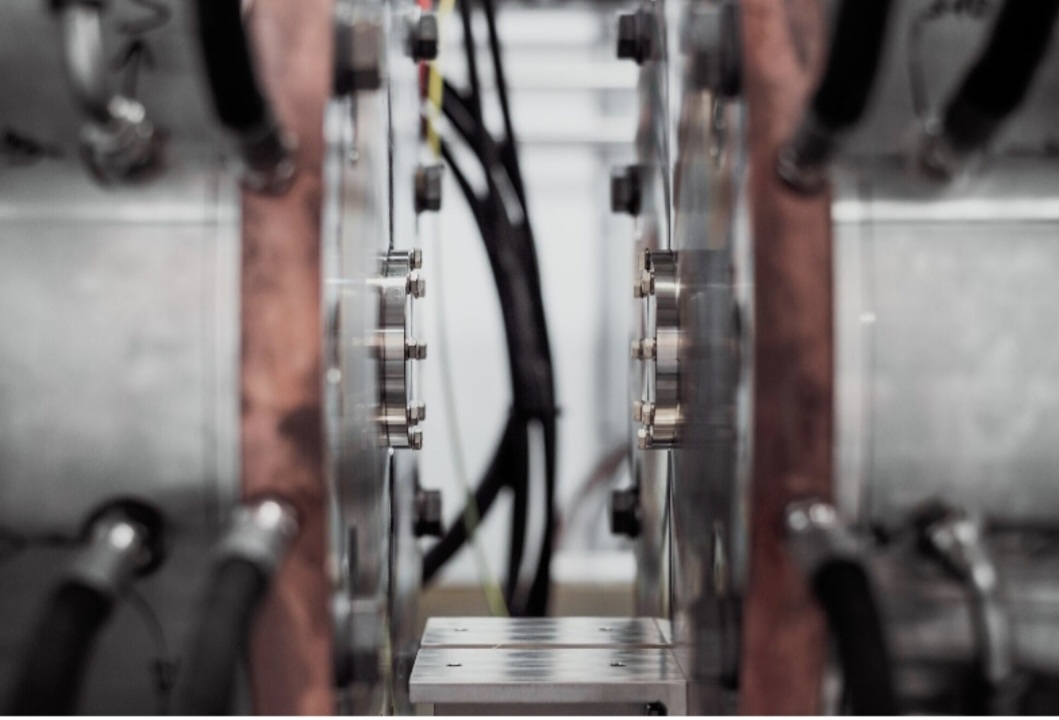If you have recently invested in automatic floor scrubbers, you should know about maintaining them well. A well-maintained piece of equipment provides more reliable service and lasts for much longer than a poorly maintained one. Routinely maintaining the machine helps you reduce the chances of equipment downtime and save costs on service and repair.
Check the batteries:
If you have a cordless floor scrubber, you will need to check on the equipment’s batteries from time to time. Depending on your floor scrubber, it could be equipped with any of these four types of batteries: Gel, AGM, wet cell (or lead-acid), or lithium-ion. Be aware that they may contain hazardous material which could harm your skin, so practice precaution while performing the following maintenance tasks:
- Choose a well-ventilated area to charge the battery, and keep the battery compartment open while charging.
- Ensure there is no obstruction near the battery housing vents, as they help regulate the temperature of a warm, charging battery.
- If the battery is new, do not allow it to discharge entirely on the first few runs. In fact, do not allow batteries to discharge below 20% capacity.
- Do not leave the batteries unattended in a discharged condition for a prolonged period.
- Avoid using the batteries in extreme temperatures. The ideal temperature range for equipment use is at room temperature.
- Avoid charging your battery for short bursts of time in between long spells of discharge.
- Disconnect the battery and inspect the cables and contacts for signs of fraying and corrosion. You may use a wire brush to remove mild corrosion from battery leads and terminals.
Apart from these measures, each battery type has its maintenance requirements that you will need to follow.
Check the scrubbing brush or pad; and the scrubbing head skirt:
Check the cleaning component of your equipment for signs of wear and tear. If they are not well maintained, you will get patchy cleaning from your equipment. Replace them if they appear worn out.
Inspect the drain for clogs and leaks:
Prior to using your machine, ensure that you remove any debris collected in the drain or vacuum pipes. All equipment have different methods by which you can flush out these pipes for better performance. Consult your user manual or supplier to find out more about the same.
Cleanse the recovery tank and screen:
The recovery tank collects all the dirty slurry, and you need to empty it when it is full. However, you can increase the efficiency of cleaning by ensuring an empty tank at the start of every cleaning session. This way, you will not interrupt the cleaning just to empty out the recovery tank. Additionally, check that the screen is also clean and ready to be used.
Check the Debris Tray:
If your floor scrubber has an inbuilt debris tray, ensure that it is cleaned out after every use. It is a good practice to ensure that it is empty before starting your cleaning session as well. The debris tray holds sundry items like pieces of paper, splinters, or food morsels that didn’t get swept out in the dusting process. If left in the tray, these items can clog it and cause an overflow.
In conclusion:
Owning floor scrubbers is sure to enhance and improve your cleaning process and reduce the cleaning costs significantly in the long run. However, to get the best out of your floor scrubber, it is imperative that you maintain it well and train your staff to operate it as suggested in the manual. A piece of well-maintained equipment can serve you for years to come.
















